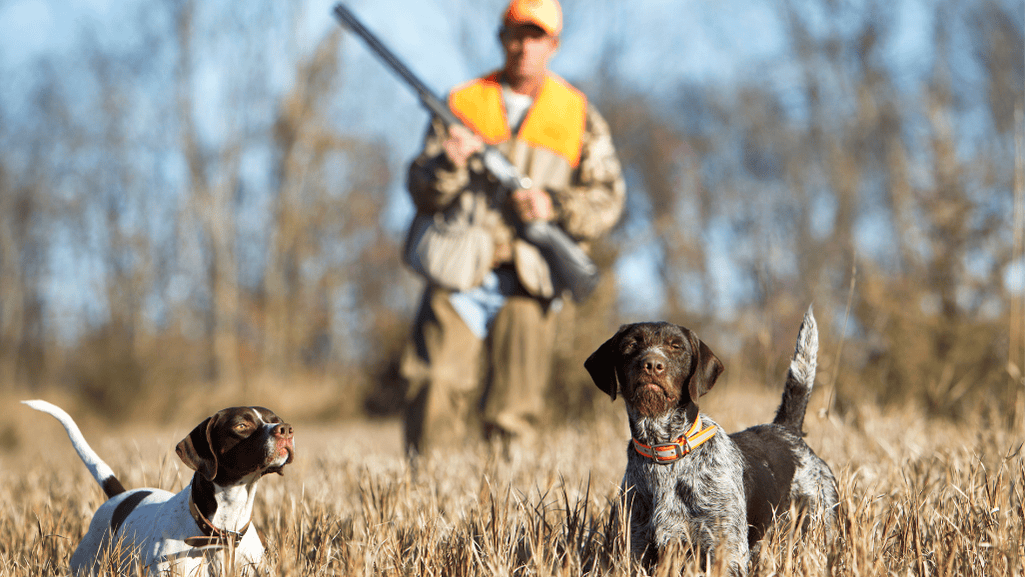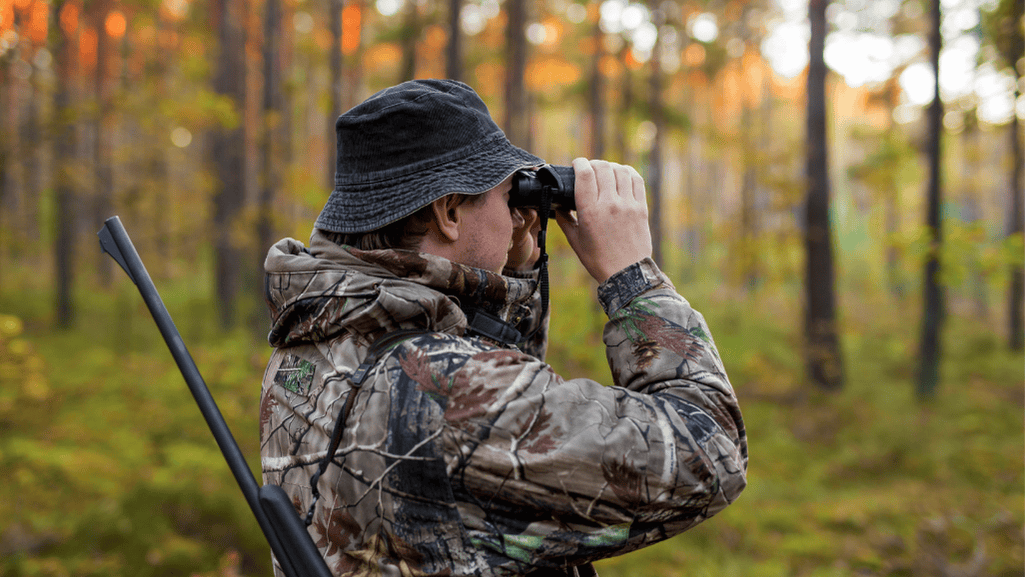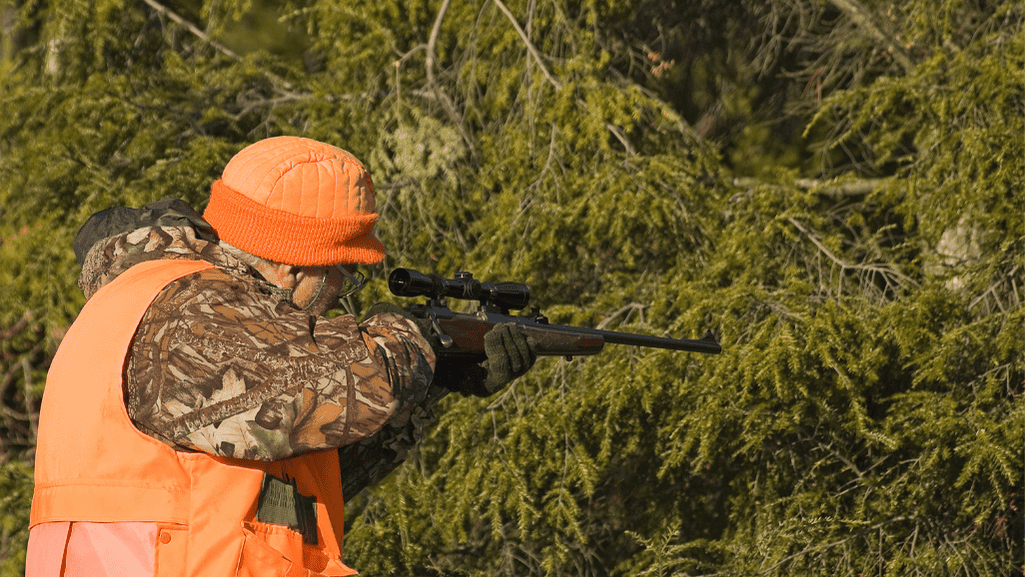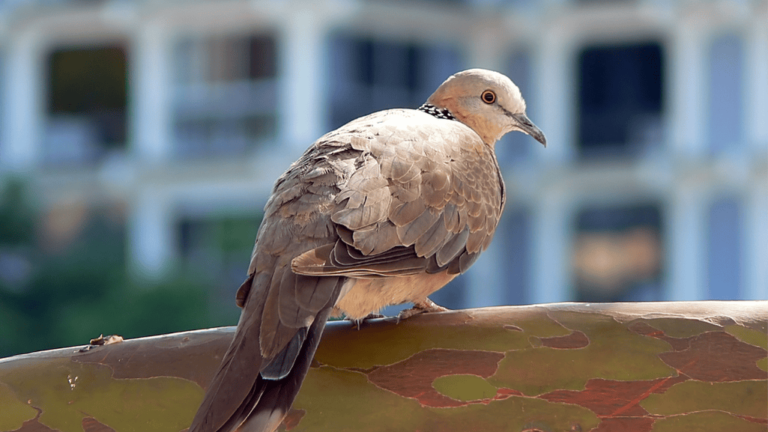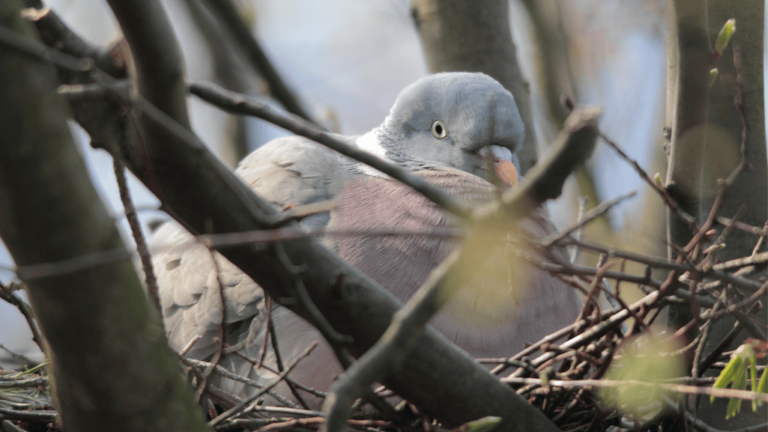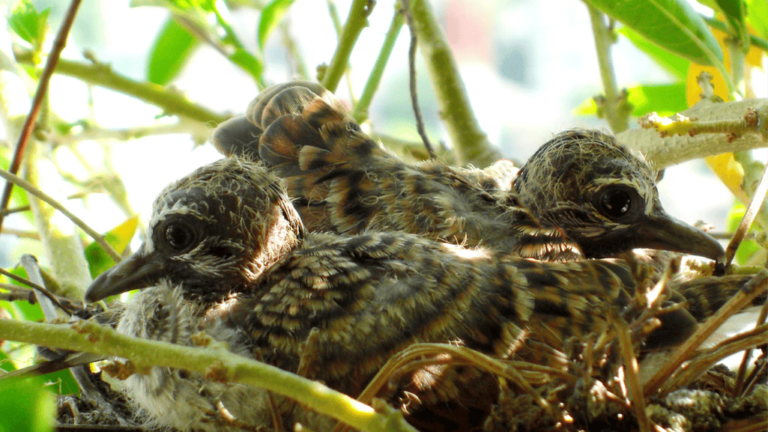Dove hunting in the United States is more than just a sport. It’s a key way to help protect over 300,000 bird species, including those in Georgia. By buying a hunting license and the right gear, you’re supporting wildlife management and conservation. The rules for dove hunting come from the U.S. Fish and Wildlife Service and are based on real wildlife data. This lets hunters enjoy their sport while helping the environment.
It’s important to know the rules of dove hunting. You need the right hunting license and stamp, along with the correct shotgun and ammo. Since doves are the most hunted bird in the country, knowing about the season, what you need, where you can hunt, and how many you can take is key. This is true for both experienced hunters and those new to the sport.
Key Takeaways
- Secure a hunting license and be aware of additional permits required for dove hunting
- Familiarize with the legalities of the hunting season and stick to the bag limits
- Choose the appropriate hunting equipment and understand federal regulations on shotgun capabilities
- Adhere to state-specific non-toxic shot requirements for dove hunting on public lands
- Consider effective locations and methods for dove hunting, such as utilizing decoys or pass-shooting
- Be informed about regulations regarding baiting and ensure compliance with the 10-day rule
Dove Hunting License and Permits
To enjoy dove hunting, you need a dove hunting license and hunting permit. Each state has its own rules for dove hunting. These rules help manage the hunt and protect wildlife habitats.
In states like Connecticut, there are special licenses for young people and seniors. For example, those 16 and 17 years old get a 50% discount on licenses for hunting doves. This shows a push to get more young people involved in hunting.
| License/Permit Type | Cost | Demographic |
|---|---|---|
| Junior Firearms Hunting License | $11 | Ages 12-15 |
| 3-Day Out-of-State Bird Hunting | $35 | Non-resident |
| Archery Deer/Small Game License | $41 | Resident 16-17-year-olds |
| Federal Duck Stamp | $25 | Residents & Non-residents |
There’s also a Federal Duck Stamp needed for hunting migratory birds like doves. It costs $25 and helps protect dove habitats. This is key for keeping dove populations healthy.
These permits do more than let you hunt legally. They also help with conservation efforts. Every hunter helps fund projects that protect ecosystems.
For more info on dove hunting licenses and hunting permits, check state rules. This makes sure hunters follow the law and respect dove hunting.
Hunting Gear and Equipment Checklist
Having the right gear is key for every hunter. From picking the best shotgun to making sure you’re comfortable and safe, each item is crucial. It all helps make your hunting trip successful and fun.
Choosing the Right Shotgun
Choosing the right shotgun is very important for dove hunting. Most hunters like a 12-gauge or 20-gauge shotgun. They look at the barrel length and action type, like pump-action or semi-automatic, to pick the best one.
Make sure your shotgun has a plug if it holds more than three rounds. This follows the hunting rules.
Essential Ammunition and Chokes
For dove hunting, use high-velocity loads with small shot sizes like 7, 7-1/2, or 8. Bring extra shells, more than you think you’ll need. The choke type matters too.
For steel or non-toxic shots, a wide choke like Improved Cylinder or Modified is best. It spreads the shot wider, helping you hit more birds.
Camouflage and Clothing for Dove Hunting
Wearing the right camouflage can really help you blend in. Items like the SolAir shirt and pants keep you cool and bug-free. They also have UPF 50+ and Insect Shield technology.
Don’t forget good hunting boots with Gore-tex for staying dry and a hat for sun protection. Choose colors that match the surroundings to stay hidden.
Dove hunting needs gear that’s both useful and comfy. Bring a chair or stool, plenty of water, and a cooler for the birds. Make sure you have all your permits and use tools like ONX to find the best spots. With everything ready, you can focus on enjoying the hunt.
Understanding Dove Hunting Regulations
Following dove hunting regulations is crucial for a legal and ethical hunt. The U.S. Fish and Wildlife Service sets these rules to protect doves. Hunters must know the basic legal requirements for dove hunting and the conditions they must follow.
The Migratory Bird Treaty Act has a strict liability rule. This means a hunter can be in trouble, even if they didn’t mean to break the law. Also, regulation 20.21(I) says you can’t hunt migratory birds by baiting or in areas with bait. Remember, an area is still baited for 10 days after all bait is gone.
| Regulation | Description |
|---|---|
| Baiting | Illegal to hunt over or near baited areas, areas remain baited for 10 days post bait removal. |
| Hunting Area | Legal to hunt over fields where feed results from normal agricultural operations. |
| Legal Shooting Times | Hunting is permitted from 30 minutes before sunrise to sunset. |
| Bag Limits | The daily limit for mourning and white-winged doves is 15, with possession triple the daily bag. |
It’s up to hunters to check if a field meets the hunting regulations. They should look for bait and talk to landowners or caretakers. Harvested fields can attract doves, but no grain can be moved after harvesting. Legal places to hunt include fields where grain is spread naturally during farming.
For more info on what’s allowed in different states, check out guides like the spot-billed toucanet guide. Knowing the laws, like those for the Arkansas Dove Season, helps with following the rules and hunting ethically.
The Importance of Hunter Education and Safety Courses
Hunter education programs are crucial for teaching responsible behavior and improving skills. They make sure new and experienced hunters are safe through hunter safety courses. These courses teach important firearm safety and how to follow hunting laws and ethics.
Hunter Safety Course Requirements
Getting into a certified hunter safety course is a key step for hunters. For example, the Georgia Hunter Education Course is a must for those born after January 1, 1961. It covers topics like wildlife management, getting ready for hunting, and firearm safety. The course uses animations, narration, and real videos to teach people of all ages.
Firearm Safety and Etiquette
Learning firearm safety and hunting manners is a big part of hunter education. It helps prevent accidents and makes hunting respectful for everyone. The course teaches how to handle firearms, know your target, and hunt ethically.
| Reviewer | Rating | Comments |
|---|---|---|
| Jesse Henderson | 5/5 | Praises for comprehensive coverage |
| Jason Mack | 4/5 | Appreciates the up-to-date content and ease of access |
| Henry Kim | 4/5 | Notes on excellent instructional style despite minor glitches |
| Paige Moore | N/A | Feedback on quiz inaccuracies |
Reviews from hunters like Jesse Henderson and Jason Mack show how effective the Georgia Hunter Safety Course is. Feedback from Paige Moore helps make the courses even better. With a $30 discount on HuntWise Pro with any HUNTINGsmart! course, joining these programs is more appealing.
Best Practices for Dove Identification
Dove decoys and knowing how to identify birds are key to a good hunt. It’s important to spot the unique features of morning doves, like their small heads, thin bodies, and long tails. These birds live in places like grasslands, farmlands, and open woods. This is similar to where the malleefowl lives, which is good for the environment.
Watching dove behavior during hunting can give you important tips. Doves are most active at sunrise and late afternoon, looking for food and water. Knowing this helps you plan your hunt better. It also helps you follow the rules and protect the dove population.
| Factor | Importance in Hunting |
|---|---|
| Dove Sightings | High frequency at sunrise and late afternoon |
| Hunting Shots | Average 5-7 shells per dove bagged |
| Choke Type | Improved cylinder chokes enhance success rates |
| Behavioral Observation | Key to selecting optimal time and location |
| Movement Patterns | Move to new locations if overhunted |
Using dove decoys can also help attract real doves. Place them near where doves like to roost. Also, remember that doves have great eyesight. Avoid wearing colors that stand out in nature to stay hidden.
Respect wildlife and hunt ethically, keeping your shots within 40 yards. This way, you’ll have a better chance of hitting your target and reducing bird injury. Following these tips can make hunting better for both new and experienced hunters.
Dove Hunting Requirements
Knowing the dove hunting rules is key to a legal and responsible hunt. Hunters must understand the season dates, bag limits, and where they can hunt. This knowledge helps them hunt effectively while following the law.
Understanding Season Dates and Bag Limits
Dove hunting rules help keep dove populations healthy and support sustainable hunting. The season usually starts on September 1st and goes into late fall, with slight variations by state. For example, mourning and Eurasian-collared doves are hunted from early September to early November, and sometimes in winter too. Most areas have a daily limit of 15 doves to prevent overhunting.
Navigating Location Restrictions and Hunting Zones
Hunters must pay attention to where they can hunt doves and the specific zones. Most states offer a Dove Hunting Areas Map that shows where it’s okay to hunt. It’s crucial to check these maps and stick to the allowed areas. This helps avoid legal trouble and supports wildlife conservation. Areas near cities or big populations often have stricter rules to reduce disturbance and manage wildlife interactions.
Following these rules makes dove hunting rewarding. By respecting the season dates, bag limits, and hunting zones, hunters help with wildlife management and ethical hunting. This approach ensures dove hunting stays sustainable and enjoyable.
Public vs. Private Hunting Lands Access
Access to hunting lands greatly affects how successful hunters are. Knowing the difference between public hunting lands and private land hunting permissions is key for anyone into hunting, like dove hunting. This choice affects the quality and management of hunting spots.
Public hunting lands are often managed by government agencies. In Georgia, hunters must follow strict rules set by state and national agencies. Hunting forums offer a place to learn about these rules. But, these areas can get crowded and wildlife can disappear quickly, making hunting less enjoyable.
| Land Type | Access Level | Regulations and Opportunities |
|---|---|---|
| National and State Parks | Limited/Varied | Only 15% of national parks allow hunting, with state parks widely varied by state. |
| Bureau of Land Management (BLM) lands | High | Primarily in western states, offering diverse activities including hunting with fewer restrictions. |
| Walk-in Hunting Access (WIHA) program in Kansas | Extensive | Over a million acres accessible, emphasizing significant public land availability for hunting. |
Private land hunting permissions often provide better hunting experiences. In Texas, over 95% of land is private, and hunters get permissions or day leases for top hunting spots. Conservation programs like the Texas Brigades teach young hunters how to hunt responsibly on private lands.
Private lands offer a unique experience with exclusive access and better-managed habitats. Programs like the Conservation Reserve Program (CRP) protect lands for 10-15 years, helping the ecosystem and improving hunting land access.
Choosing between public hunting lands and private land hunting permissions requires understanding their differences and respecting their rules. Planning, research, and staying updated are key for a successful hunt. This approach helps with conservation and makes hunting more enjoyable.
Conclusion
As we wrap up our look at dove hunting, it’s clear that following hunting permits and laws is key. Understanding licenses and rules, like those in Title 50, Part 20.11, is crucial. It’s not just about being legal; it also helps with conservation efforts.
Hunters must know the federal and state rules, including what baiting means and the 10-day rule after removing bait. This knowledge helps them hunt legally and responsibly.
Knowing about “normal agricultural operations” and “normal soil stabilization practices” helps hunters choose where and when to hunt doves. They also need to know how to hunt well, like picking the right shotgun and shot size. Safety tips, like keeping a safe distance from others and using decoys, also increase their chances of a good hunt.
Being prepared, ethical, and respectful is what makes a great dove hunter. Using the right shotgun and shot size, and scouting for good hunting spots are important steps. These actions show that dove hunting is a sustainable and respectful activity.
Hunters around the world, from Argentina to the US, follow these rules and safety tips. This ensures that dove hunting remains a top example of wildlife management and sportsmanship. By sticking to regulations, being safe, and learning more, dove hunting will continue to be a great outdoor tradition.


